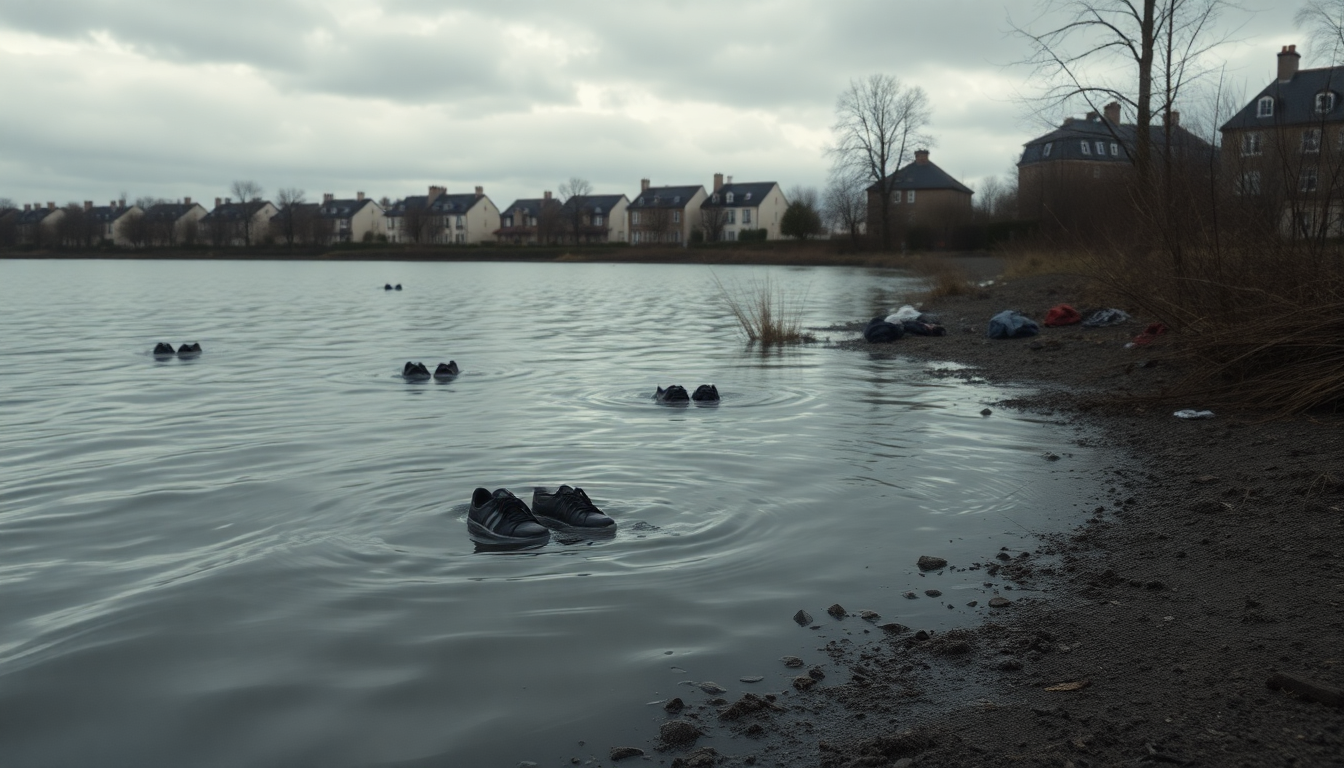Table of Contents
On August 13, a somber scene unfolded along the River Seine in the southeastern suburb of Choisy-le-Roi. Four bodies, some partially unclothed, were discovered floating in the water, triggering a police investigation that has sent shockwaves through the local community. The investigation is currently focusing on a homeless man, whose identity remains uncertain, but who has been charged with the murders of these men. This unsettling incident raises a multitude of questions about the circumstances surrounding these tragic deaths and the broader implications for society.
The Discovery of the Bodies
The grim discovery began with a train passenger who spotted one body in the river. This initial sighting led to further searches, uncovering three more bodies. Among the victims were two homeless individuals from Algeria and Tunisia, alongside a 46-year-old Frenchman. Their deaths not only shock due to their brutality but also highlight pressing societal issues surrounding homelessness and violence. As the investigation progresses, it brings to light the vulnerabilities faced by marginalized groups in urban settings.
Authorities have indicated that the condition of the bodies suggests a violent act had taken place. The manner in which they were found implies premeditation, raising serious concerns about public safety and the potential for serial violence in our communities. How can we ensure that public spaces are safe for everyone?
The Suspect and Legal Proceedings
In the aftermath of these discoveries, a homeless man, described by prosecutors as about 20 years old, was taken into custody. While his identity and nationality remain unconfirmed, this complicates the legal proceedings. According to prosecutors, he has declined to provide any information regarding the murders. However, investigators have reportedly established connections between him and each victim, suggesting that this is not a random act of violence. Why do these patterns of violence keep emerging in our society?
The legal process is now in motion, with the suspect currently in pre-trial detention. This situation underscores the challenges law enforcement faces when dealing with crimes involving vulnerable populations. The lack of reliable witness testimony and limited resources available to support at-risk individuals play critical roles in comprehending the broader context of this tragic case. What steps can be taken to better protect those who are most vulnerable?
Community Response and Societal Implications
The murders have ignited a conversation about homelessness and the social services available to individuals living on the streets. As communities grapple with the implications of this crime, there is a mounting call for enhanced support systems to protect these vulnerable populations. Local organizations and advocacy groups are now rallying for greater awareness and action to address the root causes of homelessness, which can lead to heartbreaking outcomes like this.
Moreover, this case serves as a stark reminder of the urgent need for systemic changes in how society addresses issues of mental health, addiction, and poverty. As the investigation continues, it’s essential for community leaders to engage in meaningful dialogue about preventative measures that can help reduce the risk of violence against those most at risk. How can we create a more compassionate society?
Moving Forward: Hope Amidst Tragedy
As the legal proceedings unfold and the community mourns the loss of these individuals, it’s vital to reflect on the lessons that can be learned from this tragedy. There is hope that increased visibility of these issues will spark meaningful change. By fostering a culture of compassion and understanding towards those facing homelessness, society can work towards preventing future tragedies and ensuring that all individuals are treated with the dignity and respect they deserve. What kind of future do we want to build for everyone in our communities?


